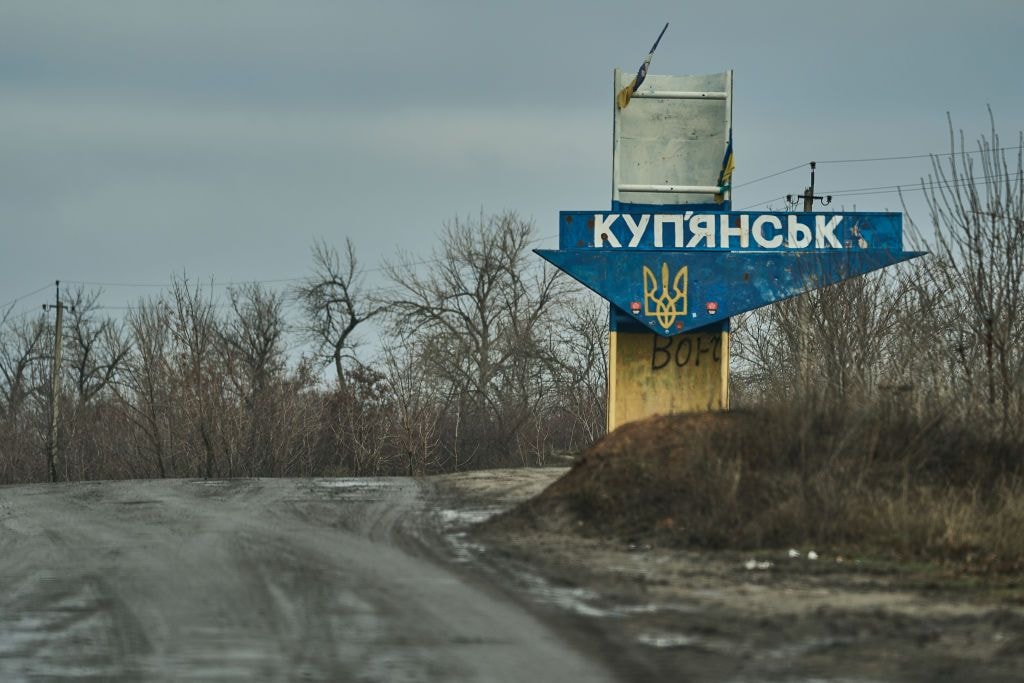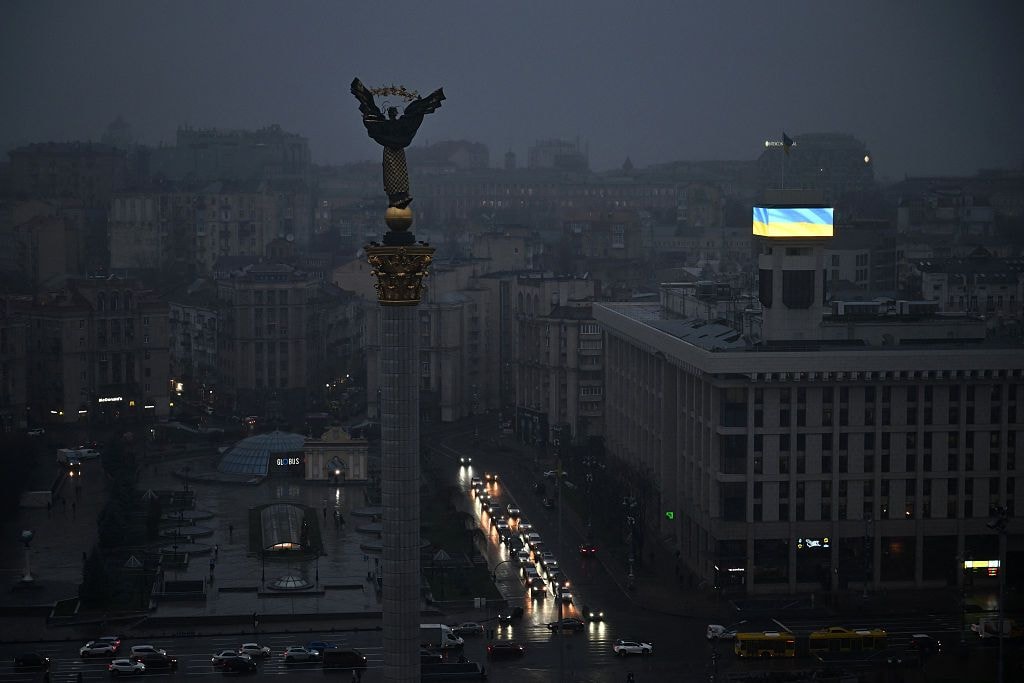Oil prices set for largest monthly drop since 2021, Reuters reports

Oil prices continued their downward trend, heading for their biggest monthly decline since November 2021, Reuters reported on April 30.
As energy revenues remain Moscow's key source of financing its war against Ukraine, the price collapse comes at a critical moment for Russia. While Western sanctions didn't hamper Moscow's ability to sell its energy resources, falling prices might now squeeze its war budget.
According to Reuters, Brent crude dropped another 1.2% to $63.48 per barrel, while U.S. West Texas Intermediate crude dropped 74 cents, or 1.2%, to $59.68. Both benchmarks have lost about 15-16% in April.
According to publication's market sources, U.S. crude inventories grew by 3.8 million barrels last week, adding to concerns about oversupply in global markets.
The decline in crude prices started in early April when U.S. President Donald Trump announced new tariffs on imports. China responded with its own tariffs, sparking a trade war between the world's biggest oil consumers.
Recent data cited by Reuters, shows economic troubles in major markets. The U.S. economy contracted in the first quarter. Chinese manufacturing activity fell at its fastest rate in 16 months.
Earlier this month, Kremlin spokesperson Dmitry Peskov admitted Russia was "closely monitoring" oil markets as prices of Urals crude plunged toward $50 per barrel. This drop is particularly worrying for Moscow as its 2025 budget was planned based on oil prices of $70 per barrel.
The Russian Finance Ministry reported that oil and gas revenue already fell by 17% year-on-year in March to 1.08 trillion rubles ($12.8 billion), resulting in a loss of approximately 230 billion rubles ($2.7 billion) in tax income compared to March 2024.









